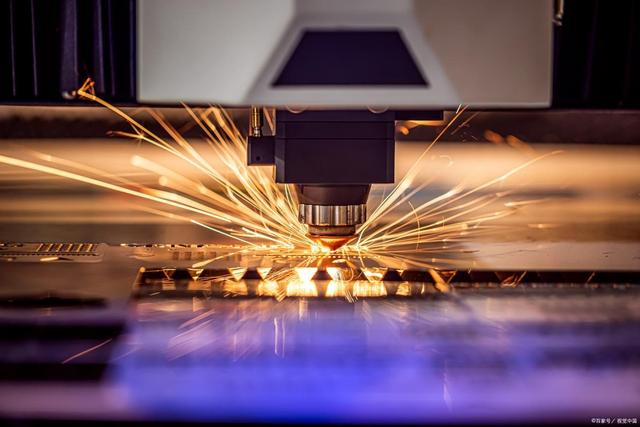Hello everyone, today we are going to unravel the mystery of a technology that is full of humour and surprises - speech recognition technology. You can think of it as a pair of sensitive "ears" on your electronic device that can understand what you say, and these "ears" are the essence of speech recognition technology. It's like a super ear, good at listening to your voice and then converting it into text to provide instant translation for your electronic devices. Let's dig a little deeper into the magic of voice recognition technology. It works like the ears of an electronic device, quietly listening to your voice and then using an algorithm that is akin to "translation magic" to turn that voice into text.
Let's say you're having a conversation with a smart pet dog.

You say, "I want pizza." Amazingly, the dog is smart enough to understand your command and happily responds. Speech recognition technology works similarly, but this time it's your electronic device that is silently listening to your "commands". When you speak, the device's "ears" - also known as microphones - pick up sound fluctuations, just as a pet dog's ears can sense sound. Next, these sounds are transmitted to a mysterious algorithmic brain, which acts as a multilingual translator, specialising in translating sounds into easy-to-understand text.
This algorithmic brain is not simply "dictating", but a complex process of audio analysis and speech recognition. It can recognise speed of speech, pitch, and accent, and even deal with a wide range of dialects and accents, just as a pet dog can tell whether you are saying "Fetch" or “Fetch the ball".

This "translation magic" allows our electronic devices to understand our language more intelligently, just as the dog understands its owner's preferences. But it doesn't happen overnight, it takes a lot of learning and training to become smarter and smarter, just like you train your dog. So every time you say to your phone, "Remind me to go shopping tomorrow!" Or shout in front of your smart speaker, "Play my favourite music!" you are interacting with a silent technological translator. The principle of this technology is complex, but for us users, it's like having a linguist who understands everything, empowering our electronic devices to be smarter and more attentive. This technology is used in a wide range of applications, from smartphones and smart speakers to in-car systems, all of which are silently learning our language. You can shout to your phone, "Hey, little helper!" It will then respond to you immediately like a responsive assistant, and that's the beauty of voice recognition technology.
Moreover, the Ear not only understands standard speech but also a wide range of dialects and accents, like a language master, able to easily cope with the challenges of speech around the world. Of course, sometimes this "ear" also has some funny mistakes, just like the misunderstanding between us and our friends. It can sometimes mishear your commands and make your smart home "creative". However, this also brings us a lot of laughter and surprises, so that we better understand the "human" side of this technology.
Speech recognition technology is like equipping our electronic devices with a pair of intelligent ears so that they can understand our voices and become our silent partners. With the help of this "ear", we can communicate with technology more conveniently and enjoy a more convenient and interesting life.






